Sigma Xi 2018 Student Research Showcase
Math & Computer Science
 Neural Network Hyperparameter Optimization using Q-Learning
Neural Network Hyperparameter Optimization using Q-Learning
Oleksii Volkovskyi, American Heritage School
Q-learning, a reinforcement learning algorithm that maximized accuracy, was used to develop a hyperparameter optimization algorithm.
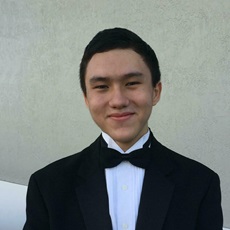 Deep Learning Control System Using an Air-Gapped Optical Input Stream
Deep Learning Control System Using an Air-Gapped Optical Input Stream
Rodrigo Castellon
Pine Crest School
Many industrial plants are still operated manually via analog control rooms with human operators, which increases inefficiencies and costs. Furthermore, these analog facilities are disconnected from the digital technology, forgoing benefits such as automatic control or remote monitoring. The objectives of my research is to first create a control system—initially small-scale—that can automate a task externally, and second to test the performance of the control system against a human expert.
 Aiding the Aid: Computational Early Clinical Diagnosis of Electronic Health Records
Aiding the Aid: Computational Early Clinical Diagnosis of Electronic Health Records
Tarun Amarnath, Saint Francis High School
With the development of natural language processing techniques, diagnosing illnesses and disorders using electronic health records has come within reach. This can potentially lead to a computational second opinion for doctors.
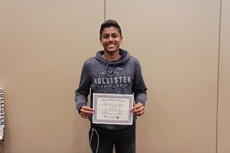 Crime Hotspot Prediction using Machine Learning Algorithms
Crime Hotspot Prediction using Machine Learning Algorithms
Abhitya Krishnaraj, American Heritage School
My presentation details my project that involves the prediction of crime in 3 cities in Florida.
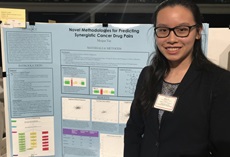 Novel Methodologies for Predicting Synergistic Cancer Drug Pairs
Novel Methodologies for Predicting Synergistic Cancer Drug Pairs
Meijun Yin, Bronx High School of Science
In my project I created a novel methodology to predict synergy scores of two drugs on a cell line. This will greatly improve combination therapy as a treatment strategy for cancer.
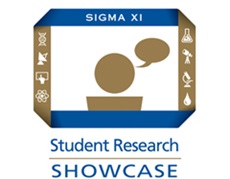 Alzheimer’s Disease Prediction In At-Risk Patients: Statistically Predicting Disease Onset
Alzheimer’s Disease Prediction In At-Risk Patients: Statistically Predicting Disease Onset
Saloni Shah, The Harker School
Progression of Alzheimer's disease is predictable in at-risk individuals using predictive frameworks. Linear and multivariate regression that utilize historical measurements of amyloid beta protein, damage to nerve cells, battery of neuropsychological tests, brain structural integrity, and cerebrospinal fluid biomarkers among others will be utilized to forecast future measurements of these important characteristics.
 Primality Testing With Proof of Correctness: Maurer's Algorithm vs. Miller-Rabin
Primality Testing With Proof of Correctness: Maurer's Algorithm vs. Miller-Rabin
Rose Rothschild, Pine Crest School
This presentation is about comparing the time difference of two different algorithms to find large prime numbers. It compares the Miller-Rabin probable primality test to Maurer's Algorithm, which finds provable prime numbers, to evaluate the most effect and secure way to find large prime numbers for cryptography application.

AisleFinder – Google Maps for Stores
Maya Nayak, Notre Dame High School
The project goal is to design an innovative navigational algorithm and create a user-friendly app that can execute the listed functions to help physically challenged people have an efficient and faster shopping experience.
 Diagnosing Manifestations of Disease in the Fingernail through a Convolutional Neural Network Embedded in a Smartphone Application
Diagnosing Manifestations of Disease in the Fingernail through a Convolutional Neural Network Embedded in a Smartphone Application
Varun Lakshmanan, South Fork High School
I used image recognition software and deep learning to automatically diagnose manifestations of disease in the fingernails.
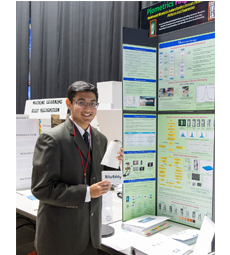 Piometrics FingoID System: Multimodal Biometric Authentication through Peripheral Finger-Vein Patterns and Fingerprints
Piometrics FingoID System: Multimodal Biometric Authentication through Peripheral Finger-Vein Patterns and Fingerprints
Ritik Patnaik, Texas Academy of Mathematics & Science
While multimodal biometrics have improved the security and reliability of biometric identity verification, current research efforts suffer from inaccuracy, high costs, and vulnerability to physical damage, making multimodal authentication difficult to implement in low-cost, real-world applications. To meet today’s biometric security needs, this project focuses on developing a bimodal biometric system based on inexpensive peripheral
 A Novel Approach on Preventing Dehydration by Monitoring Water Intake Using Image Acquisition & Processing Technologies
A Novel Approach on Preventing Dehydration by Monitoring Water Intake Using Image Acquisition & Processing Technologies
Natasha Chugh, Texas Academy of Mathematics & Science
The purpose of this project was to prevent behavior-induced chronic dehydration and cultivate healthier habits by constructing a system that monitors water-intake activity and provides periodic feedback.
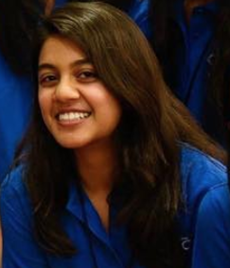 A Neural Network Approach to Improve Therapy of Complex Human Heart Rhythm Abnormalities
A Neural Network Approach to Improve Therapy of Complex Human Heart Rhythm Abnormalities
Natasha Maniar, The Harker School
Heart arrhythmia specifically AFib (the most common type) lacks accurate and effective treatment so we created the first machine learning tool to automatically detect the source of AF using video mapping tools.